Onions are among the most commonly used foods in the world. They are widely used in cooking, and in some cuisines, a meal is not a meal if it is not based on sautéed onions and a salad is not a salad if it contains no onions. Some people, however, avoid them, especially in the raw form, because of their somewhat unpleasant smell and the fact it lingers for a while.
Raw onions are far more beneficial than cooked ones, because the process of cooking at high temperatures, destroys most of its vitamins, minerals, fiber, antioxidants, and organic sulfur. Allicin is another component of onion that can be lost in cooking. This compound has antibacterial properties, it can speed up the healing of wounds and prevent some diseases, including cancer.

Health Benefits of Raw Onions
Eating raw onions can help with high blood pressure, it strengthens the arterial walls, lowers the level of bad cholesterol, and prevents blood clotting.
Raw onions contribute to the health of gastrointestinal health and they prevent constipation and hemorrhoids.
It is believed that raw onions can be used for the prevention and treatment of some types of cancer, particularly colon, stomach, prostate, and breast cancer.
Chewing raw onions for two or three minutes will help kill the bacteria in the mouth that cause oral infections or dental problems.
Onion juice mixed with honey is a very effective remedy for the skin prone to acne. This combination can also be used as a treatment for cough.
People who suffer from anemia should try the remedy made from onions with jiggery or water.
Raw onions can be used as an insect repellent (although they may repel people as well!) or they can be applied in form of a paste directly to the insect bites to relieve the pain, redness, and itching.
People who have problems with the urinary tract should try drinking water used for boiling onions. This remedy is very helpful with the burning sensation during urination.
Fresh onion juice can be used as a remedy for earache and ringing in the ear. The juice should be applied to the ear in drops or with a soaked cotton ball.
Maximize the Use of Raw Onions
All kinds of onions-red, yellow, white, or green, have the same qualities and health benefits. They should be introduced into the everyday diet as much as possible, especially during the flu and cold season.
- Yellow onions contain 270-1187 mg of flavonols per kilogram of fresh weight (FW), whereas red onions contain 415-1917 mg of flavonols per kilogram of FW. Flavonols are the predominant pigments of onions. At least 25 different flavonols have been characterized, and quercetin derivatives are the most important ones in all onion cultivars. Their glycosyl moieties are almost exclusively glucose, which is mainly attached to the 4', 3, and/or 7-positions of the aglycones.
- Quercetin 4'-glucoside and quercetin 3,4'-diglucoside are in most cases reported as the main flavonols in recent literature. Analogous derivatives of kaempferol and isorhamnetin have been identified as minor pigments.
- Recent reports indicate that the outer dry layers of onion bulbs contain oligomeric structures of quercetin in addition to condensation products of quercetin and protocatechuic acid. The anthocyanins of red onions are mainly cyanidin glucosides acylated with malonic acid or nonacylated.
- Some of these pigments facilitate unique structural features like 4'-glycosylation and unusual substitution patterns of sugar moieties. Altogether at least 25 different anthocyanins have been reported from red onions, including two novel 5-carboxypyranocyanidin-derivatives.
- The quantitative content of anthocyanins in some red onion cultivars has been reported to be approximately 10% of the total flavonoid content or 39-240 mg kg (-1) FW. The dihydroflavonol taxifolin and its 3-, 7-, and 4'-glucosides have been identified in onions.
Sliced raw onions make an excellent addition to sandwiches, wraps, and burgers and they go very well with baked potatoes. Sliced or chopped onions can be added to almost every salad, and if they are finely chopped they are excellent in dips.
Some people avoid raw onions because of their smell, but it can be easily avoided by simply chewing minty gum, a couple of fresh mints, parsley, or basil leaves or by drinking a cup of black coffee or tea. The onion smell on hands after preparation can be removed by washing the hands with toothpaste or baking soda.


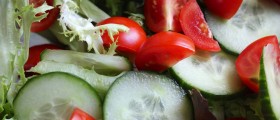

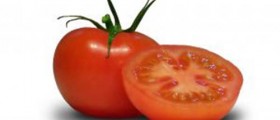
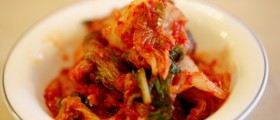





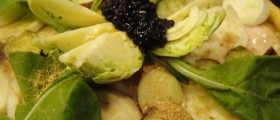
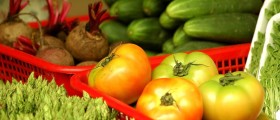
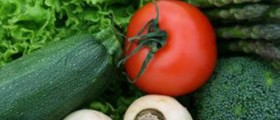

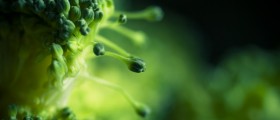

Your thoughts on this
Loading...